Development Log
⬐ Click the buttons to skip to sections ↴
Individual Role:
During this project, I took on the role of Secondary Leader and Primary Artist. In these roles, my responsibilities included:
- Management of the team.
- Standing in when Adam could not be present.
- Conceptualising the design.
- Creating the final artwork.
- Helping others when needed.
- Contacting group members who were not present.
- Some written work for presentations etc.
I wanted to be as helpful as possible to the team and ensure that everyone could produce work to the best of their ability. I spent a lot of time communicating with certain group members, who could not be present for many meetings, to help them produce work. One example of where I helped another group member was I spent a few hours showing Kai how to use specific methods in Photoshop to create a logo for the game.
As the Secondary Leader, I have further developed my skills in communication, management, and teamwork. My empathic nature and patience were strengths in this role; they allowed me to communicate more effectively with group members who were not present without becoming frustrated. I found this role fit me very well; I may even like to take on more leadership responsibilities in the future.
As the Primary Artist, I created all of the static game art. I took on this role alone as other group members felt like art was not their strong suit. I created concept artwork, trial artwork, stand in artwork, and final artwork in this role. It was necessary to make many trial and concept pieces for other group members to continue their work without waiting for my work to be complete.
In his article “True Leaders Are a Couple Steps Ahead of Everybody Else”, Eriksen talks about effective leadership requiring you to be simultaneously one, two and three steps ahead: tweaking incrementally, planning for more significant changes, and seeing the big picture (Ericksen, 2017). I tried to emulate this idea by:
- Always being present at meetings to review work.
- Discussing and documenting plans for the overall project.
- Helping team members with planning work.
- Anticipating and preparing for future requirements of me.
- Asking questions during lectures that I predicted becoming problems later.
I believe that this approach was effective. The team felt constantly informed and up to date with what our goals were, and all group members were able to produce work.
Organisational Skills, Schedules & Planning:
At the start of the project, the team decided to use Padlet (Fig. 1) to organise our tasks; and Discord (Fig. 2) to share work and hold regular meetings. We decided very early on aspects of the project scope such as level themes, inspirations, asset style, game mechanics etc. We wrote out all elements required in Padlet and borrowed some Scrum methodology for acting on them. We set out a detailed list of our tasks and organised it with colours for priority (Fig. 3); this process is referred to as Sprint Planning in Scrum methodology (Scrum – what it is, how it works, and why it’s awesome, 2018). We then encouraged members to choose tasks each week from this list for their ‘Sprint’ and mark them as in-process by adding their number (Fig. 4). We also held weekly meetings to analyse our work progress. I always kept the Padlet as up to date as possible concerning my current and completed work using the marking processes. Elise also used a Padlet timeline to track attendance and discussions at meetings and lectures (Fig. 5).
I always let the group know my plans for finishing work each week and any expected delays. I also use a weekly whiteboard schedule at home to help me to portion out work across the week. I kept the group constantly updated on whether I was behind or ahead of schedule with my weekly quota, and I tried to prioritise assets by what the group would need the earliest. This scheduling worked well, the group were sympathetic with any delays, and I was able to complete all of the game assets assigned to me, only failing to complete some less essential graphics.
The only issue that we found with these methods was that some team members could keep managing their workload alone, and others could not. I suggested that we started doing quick daily sessions towards the end of the project, which worked well for us, but it would have been ideal to begin these check-ins sooner. Following Scrum methodology more closely in the future and assigning a ScrumMaster might help fix this issue (Cohn, n.d.).
Leadership & Teamwork:
During this project, Adam Bennet was Group Leader, and I took the role of Secondary Leader. Adam and I worked closely together and communicated regularly on Discord. We both tried to be as understanding as possible towards group members when anyone brought forward any issues, and I believe we both handled our roles successfully. Whenever Adam was unavailable to present the project during Lectures, I was able to step in, and between us, there wasn’t a single occasion when at least one of us was not present.
Elise acted as Organiser for the group and kept track of the group’s attendance at Discord meetings and Lectures. This attendance tracking was beneficial as I could contact any members who had missed sessions and update them on information that they had missed. Elise also kept track of discussed topics during some of the more integral sessions, which were then available for me to send to the absent members if requested.
I tried to ensure that the group dynamic worked well together by encouraging members to share responsibilities and actively feedback during meetings. All members were amicable towards each other, and I felt that the group also had an even spread of skillsets. Therefore, we could effectively cover each other’s downfalls when one member could not perform a particular task.
Our weekly meetings tended to often run for quite a few hours. We spent this time doing in-depth analysis about improving our game and giving feedback on each other’s work. These lengthy meetings encouraged a sense of camaraderie and teamwork since we were all very involved in the overall process of producing the game, rather than only being engaged with our individual performance.
Communication:
We have communicated almost exclusively through Discord throughout this project, using a server that Adam set up. The server consists of five text channels and one voice channel (Fig. 1). Because Discord is a communication platform that we were all familiar with, it made it easier for us to navigate using the many functions it could offer. Members would often simultaneously stream their screens to share what they were working on and get feedback. Any members who did not attend would keep us updated with their work by posting in the text chats, and in some cases, I was also able to contact them privately to discuss this further or offer help.
We kept a log of assets and references in Discord using the text channels. This log was handy for me as it was quick and easy to look through the Art-Inspiration channel at all of the previous posts and find reference and inspiration (Fig. 2). I also shared any art assets that I produced throughout the project in these channels so that the assets were always available for other group members to reference and use.
Our communication was always clear and efficient, and team members were polite and respectful during group meetings. When it came down to the final push to finish the game’s demo, almost all group members were present and provided regular updates. Even when group members were not communicating regularly, I could pick up on this and contact these members individually to make sure that everything was okay and offer help.
Design Process:
At the start of the project, I established with Adam what was acceptable for us to rework. Adam was happy for a complete rework of the game, as he stated the current version had some bugs to fix, but some of the code might be reusable. I started by finding references; I looked at games and GIF’s that might be interesting to use as inspiration; I then showed these to the group (Fig. 1). We decided to use the game Kingdom (Noio and Licorice, 2015) for inspiration for the moving art style (Fig. 2), along with the chosen GIF’s (Fig. 3-8).
Next, I had to work out the method for creating the parallaxing background. I started by estimating some sizes and posting them to the group (Fig. 9). I also continued to research and find more references and inspirational videos, which I continued to post in the text channel Art-Inspiration (Fig. 10-13). I continually asked for feedback on these images to ensure I was using references that the group liked.
Once I had enough references for the backgrounds, we discussed the characters. I suggested adding collectable cranes to help lead the player through the level; this also ties into the Japanese folk tale of crafting 1000 paper cranes to make a wish (Hinders, 2019). The group agreed that they liked this idea, and so after discussing details about each character’s design, I set to work on the first few assets. However, after creating the character, cranes, and backgrounds, I was not entirely happy with these assets (Fig. 14-18) and would eventually change these later. Adam had also shared some issues he had getting the parallaxing background to work (Fig. 19), so I knew this would become an issue down the line; more on this shortly.
Due to not being happy with the character art, I decided to move onto a different work section; the tiling. I started by providing the level designers with many platforms to use temporarily to create work (Fig. 20) and assured them that I would make the final platforms to this exact size. However, this proved very time-consuming, with many back-and-forth changes to be made (Fig. 21). As the Level Designers had not started using the temporary assets yet, I decided to change my tact. I did some research and discovered auto-tiling. I sent some video tutorials to Adam (Fig. 22), and he agreed that we could do this, so I began work on a tileset. Compared to the individual platforms, the tileset was reasonably quick to make (est. 8 hours), and I was happy with the final look (Fig. 23).
Since the pixel art had to look more pixelated for the auto-tile set, I needed to remake the backgrounds and character models. With this new sizing in mind, I set about recreating the character art to match the new design (Fig. 27-31). I am much happier with the latest character design, and it was much quicker to create, having learned from my original creations.
I continued to create assets in this new style, focusing on finishing the sprite assets first as Elise needed them to start her animation (Fig. 32-40). I then moved on to creating the parallaxing background. I started with a brief discussion with Adam regarding the sizing of the environment and asked for his honest opinion about how I should size it. Using this knowledge, I then set about recreating the background from scratch, more closely matching the original inspiration that the group liked.
I started by creating temporary assets for the background, midground and foreground. Then, knowing that Adam had been unsuccessful with his parallaxing script previously, I decided to create my own script. Since I’m not a coder, this was very time consuming, and I spent a solid 8+ hours researching and developing a parallaxing script. It was a very messy script comprised of only ‘if’ statements, since that’s all I know how to use, but it worked, which in the end was all that mattered (Fig. 41). I immediately sent this to Adam, and as soon as he was available, we had a call to make sure that my script worked within the game. It was time-consuming for us to get the script working as intended due to my rough coding, but it eventually worked, and I was then able to start work on and finish the final background assets (Fig. 42).
Reflection:
Overall, I’m proud of how our group performed on this project. I have learnt a lot in terms of leadership, communication, and punctuality. In future, I would like to have a more active role by leading the project, as I feel that encouraging others is really where my strengths lay.
I have learnt a lot about Scrum Methodology throughout this project. I thought at first that we were following it properly, but only when we started doing daily group meetings did we see its benefits. Daily group meetings helped me feel more energetic about the project, so I would like to include more of this in the future.
I have also learnt the importance of better planning from the beginning. If I had planned out my role even better, I wouldn’t have made so many mistakes along the way. There were times that we produced work that didn’t end up being useful in the final product, such as a research PowerPoint made by Adam, Elise, and myself. This PowerPoint (Shown Below) would have been helpful if there was time for me to create the educational infographics. However, this was something we decided to cut out due to time constraints.
I have also learnt some interesting life lessons that I didn’t expect, such as being more strict in a leadership role. At the start of the project, I wanted to get along well with the group, so I was very relaxed, and I didn’t want to be too overbearing. However, by the end of the project, I wish I had been stricter from the start. As soon as Adam and I tried a more rigorous approach and asked for daily meetings, the quantity of work immediately improved. This more attentive approach also seemed even to improve the group’s relations, so there was no need to worry about that from the start.
I’m glad to have had this experience; it’s given me a fascinating insight into my capabilities and strengths. I’m so happy to have shared this time with such a supportive and understanding group as well. In future, I hope I can continue to use these experiences, and continue to push my boundaries and encourage the best from those around me also.
References:
1041uuu, 2018. 1041uuu: Image. [online] 64.media.tumblr.com. Available at: <https://64.media.tumblr.com/f6395bca7a86e8efa6807271b64fb7f4/tumblr_p4jpsnKZQu1qze3hdo1_500.gifv> [Accessed 27 May 2021].
Abdin, A., 2021. Monday Morning Lillies. [online] Tumblr. Available at: <https://anasabdin.tumblr.com/post/185810877847/monday-morning-lilies> [Accessed 27 May 2021].
Butz, L., 2020. View over Japanese Temple in River Valley. [online] ArtStation. Available at: <https://www.artstation.com/artwork/Z5yNYX> [Accessed 27 May 2021].
Cohn, M., n.d. Scrum Methodology and Project Management. [online] Mountain Goat Software. Available at: <https://www.mountaingoatsoftware.com/agile/scrum> [Accessed 27 May 2021].
Dupre, T., 2020. Landscape Pixel Art. [online] ArtStation. Available at: <https://www.artstation.com/artwork/k46n30> [Accessed 27 May 2021].
Ericksen, P., 2017. True Leaders Are a Couple Steps Ahead of Everybody Else. [online] IndustryWeek. Available at: <https://www.industryweek.com/supply-chain/article/22007364/true-leaders-are-a-couple-steps-ahead-of-everybody-else> [Accessed 27 May 2021].
Hinders, D., 2019. 1,000 Paper Cranes: Why Make a Senbazuru?. [online] The Spruce Crafts. Available at: <https://www.thesprucecrafts.com/senbazuru-paper-cranes-2540651> [Accessed 27 May 2021].
Store.steampowered.com. 2017. Kingdom: New Lands – Kingdom: Classic Giveaway on Steam Today Only! – Steam News. [online] Available at: <https://store.steampowered.com/news/app/496300/view/3928784047053704487> [Accessed 27 May 2021].
Lennsan, 2015. lennsan – pixelart. [online] Lennsan.tumblr.com. Available at: <https://lennsan.tumblr.com/> [Accessed 27 May 2021].
Noio and Licorice, 2015. Kingdom: Classic — K I N G D O M | Kingdom Two Crowns. [online] K I N G D O M | Kingdom Two Crowns. Available at: <https://www.kingdomthegame.com/kingdom-classic> [Accessed 27 May 2021].
Oliur, 2013. Stunning Animated GIFs of Backgrounds From Old Fighting Games – UltraLinx. [online] Theultralinx.com. Available at: <https://theultralinx.com/2013/05/stunning-animated-gifs-backgrounds-fighting-games/> [Accessed 27 May 2021].
Atlassian. 2018. Scrum – what it is, how it works, and why it’s awesome. [online] Available at: <https://www.atlassian.com/agile/scrum> [Accessed 27 May 2021].
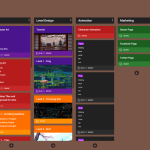
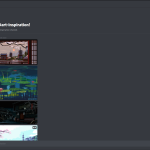
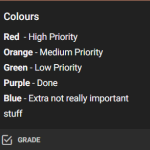
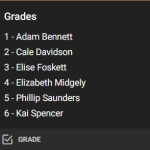
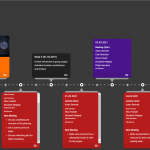
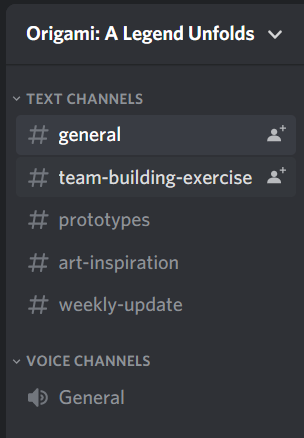
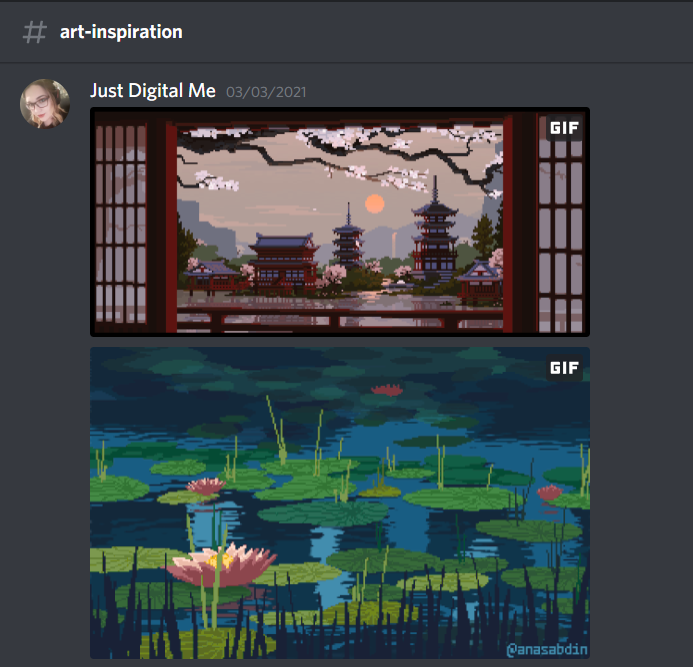

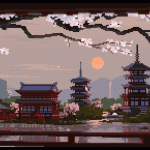
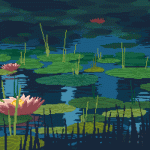
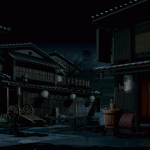
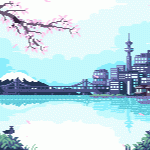
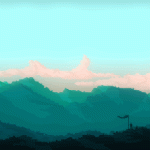
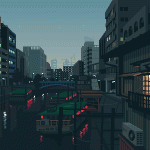
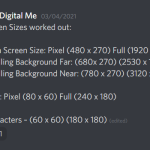
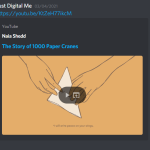
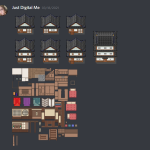
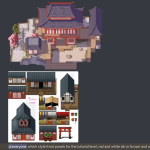
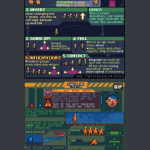
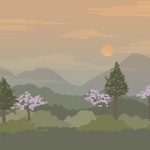
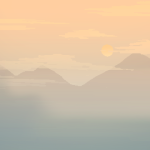
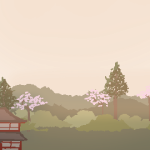





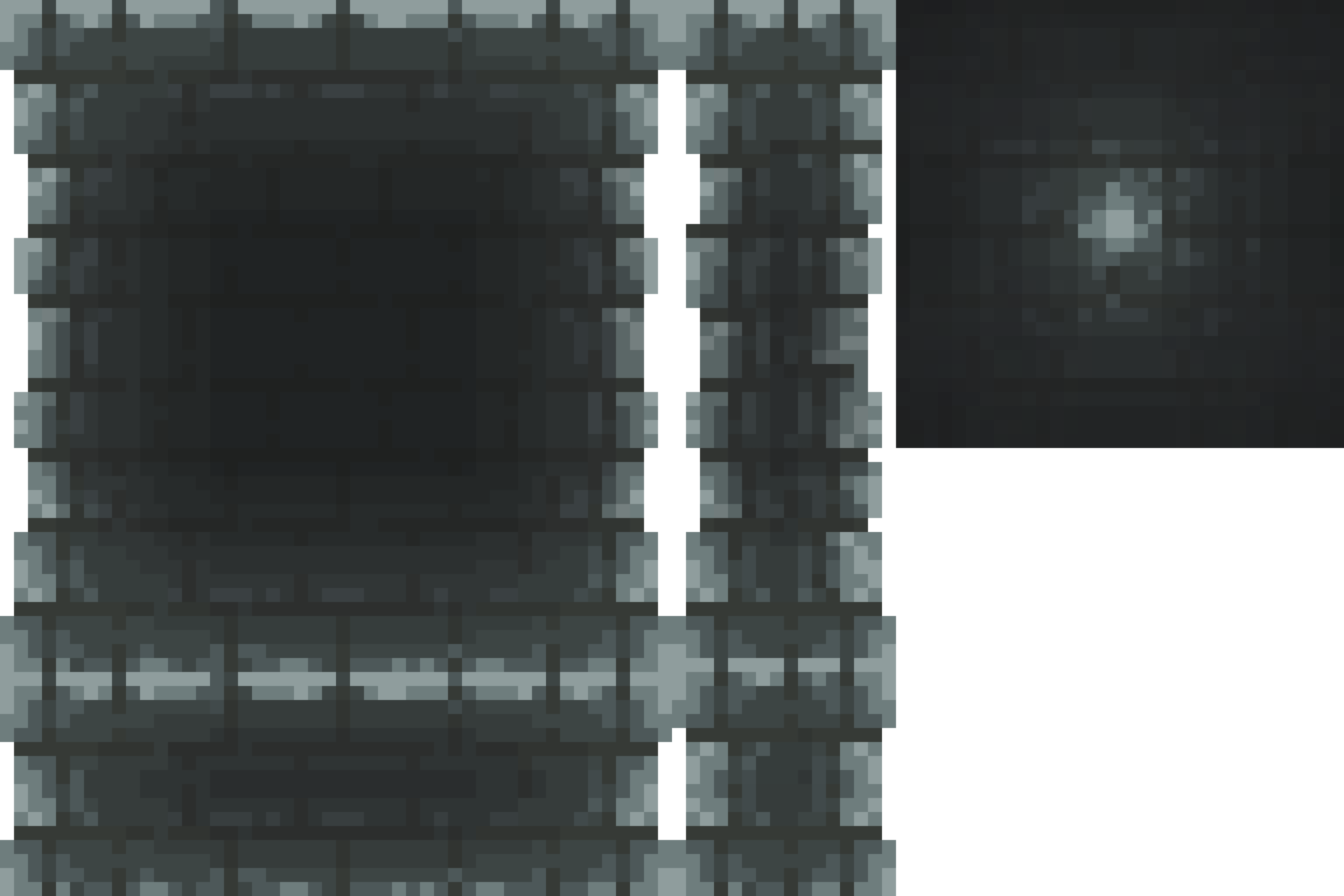
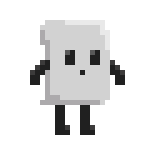
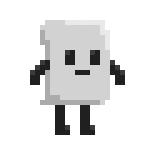
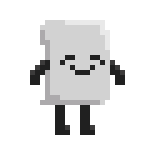
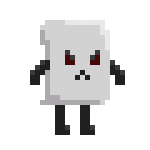
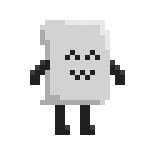
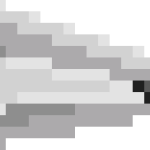
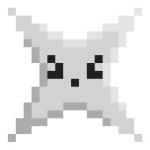
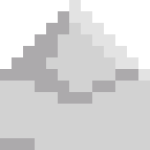
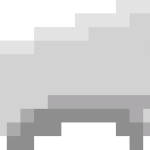
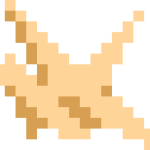
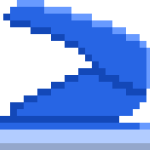
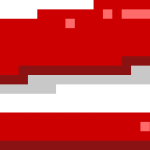
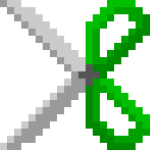
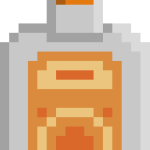
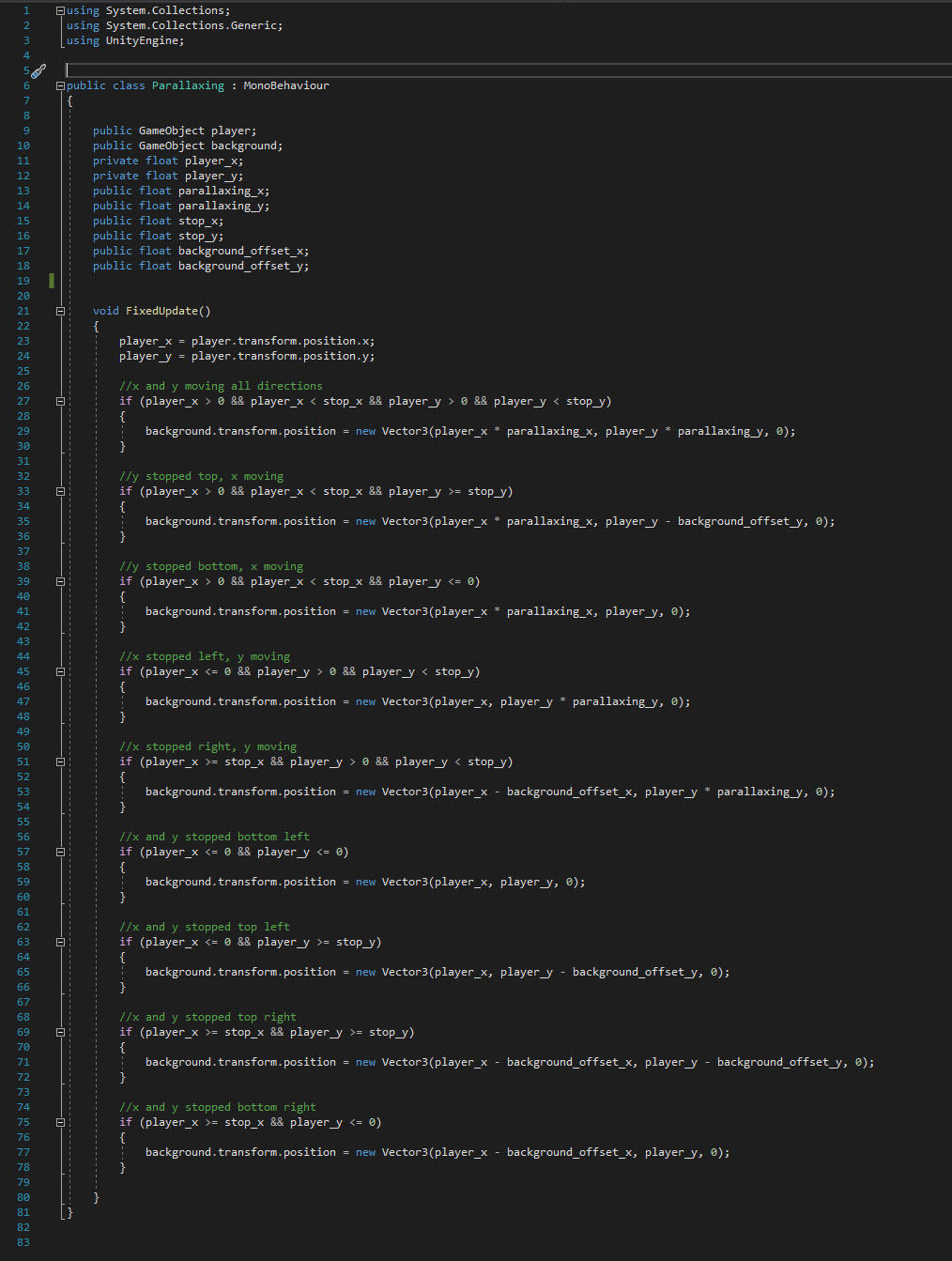
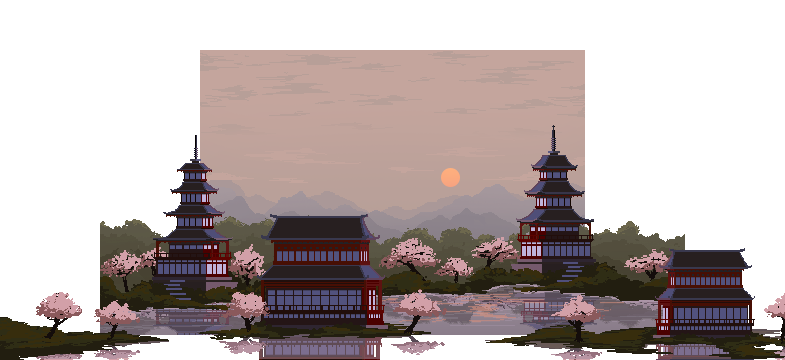
No comments yet.